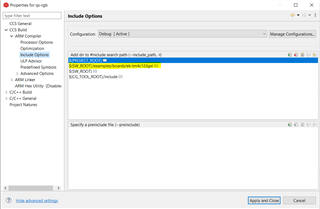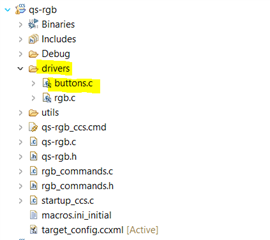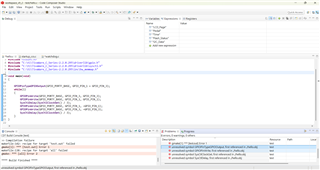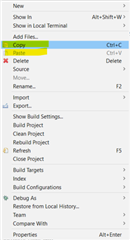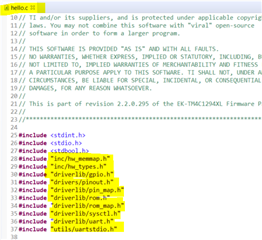Other Parts Discussed in Thread: EK-TM4C123GXL
Tool/software:
Hi all,
Previously, we use MSP432P401R chip as the ARM-based MCU in our company.
TI have told the chip is EOL.
We need ARM-based MCU as our new project and we have bought LaunchPad for development.
I have read all the documents on TI's website but there's a problem in the new project.
I imported the example project is ok and could debug or download to the chip.
But it can not worked if I created a new project, even the codes are the same as the example.
The error code is #1965, and sometimes #10234-D and #10010 if I coding with new code.
Are there any configurations that I need to check?
BTW,
I used to use register level for coding, so I just check some functions that might be used in our project.
Please let me know if you need any information for the trouble shooting.
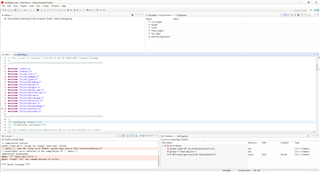
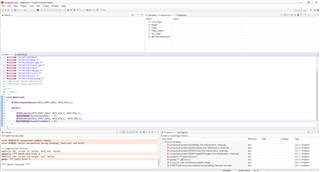
BR,
Yu-Chuan, Chen


